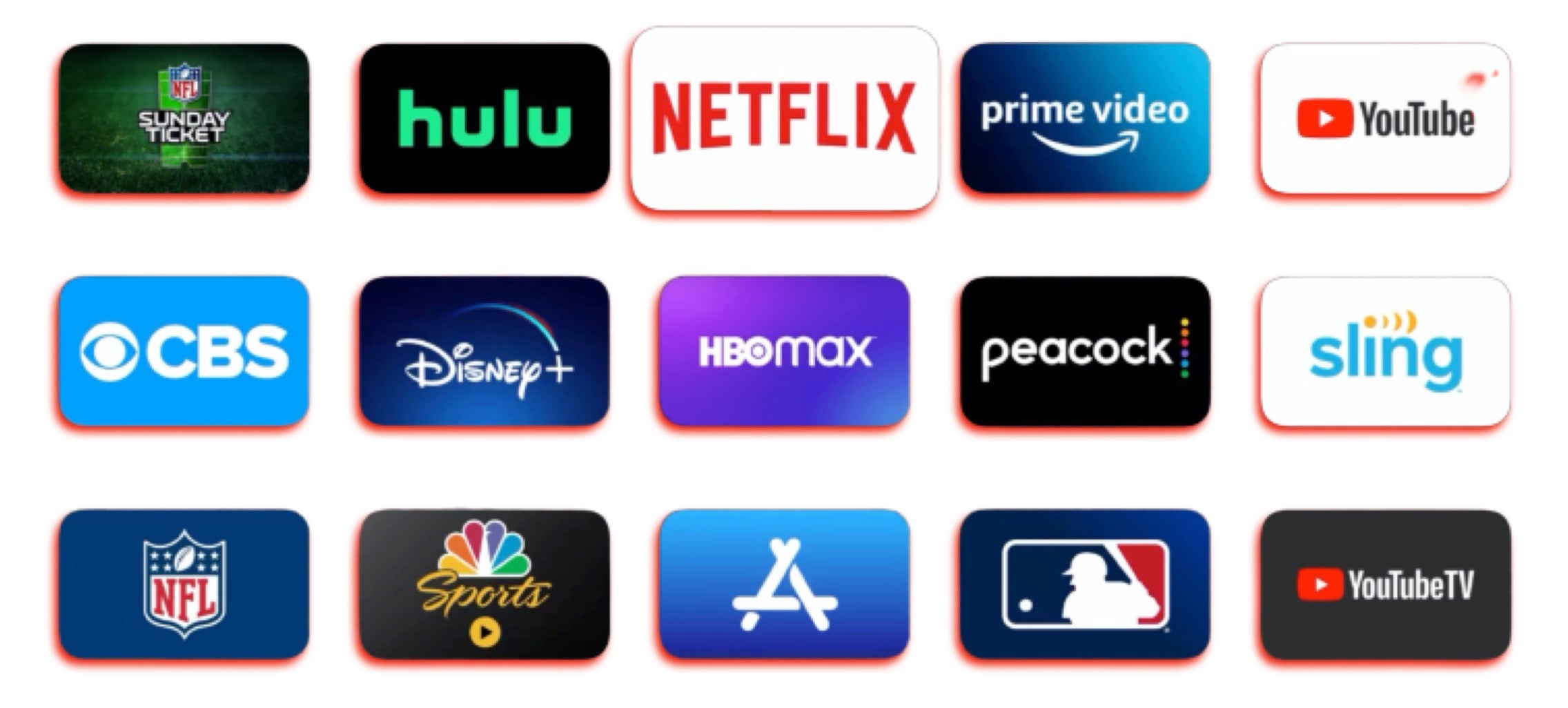
With the recent success of streamers debuting programming in a more traditional, linear fashion, the value of dropping content in huge blocks that encourage relentless watching is getting a bit of a reexamination.
While “binge-watching” became the default model of content consumption thanks to early streaming pioneers like Netflix, people are beginning to notice that pacing might be an important factor in both the enjoyment and presentation of their favorite shows.
Amazon Prime Video has just released Barry Jenkins’ “The Underground Railroad.” The limited series is a grandiose, visually and emotionally engaging story of a young, enslaved woman as she navigates antebellum America in an alternate reality where the titular railroad is not a network of abolitionists and sanctuaries but a literal, secret train.
It’s also about ten solid hours of programming delivered all at once. This has caused a collective sigh among critics regarding how such a story, presented with so much craft, nuance, and character, could possibly be fully appreciated without time for reflection as viewers speed through episodes.
Robert Daniels of Polygon described the show as “too narratively, visually, and sonically dense….to appreciate in one consumption,” and New York Times critic James Poniewozik said, “Amazon is releasing all 10 episodes at once, so you could binge them. Don’t.”
The argument being made is that binge-watching erases the breathing room between installments, a structural strength to episodic storytelling as it invites discussion, dissection, and tension. What good is a cliffhanger ending if pressing “next episode” can leapfrog the week of anticipation that the old release strategy benefitted from? What is there left of a four-season show to talk about amongst friends if it is devoured in a weekend, merely leaving a dull impression with no recollection of the arc of any particular episode?
Thankfully, streaming platforms are coming to realize the benefits associated with anticipation and scheduled content releases.
Disney+ has led the charge, finding success with the linear releases of “The Mandalorian,” “WandaVision,” “The Falcon and the Winter Soldier,” and the currently running Star Wars animated series, “The Bad Batch.”
Vanity Fair critic Richard Lawson is a fan of this methodology. With regard to “WandaVision’s” rollout, he said that he found joy in the “Friday ritual” of tuning in to see an episode unfold.
Get Disney+, Hulu, and ESPN+ for just $14.99 a month ($12 savings).
“How nice it was to have that pseudo-communal experience, of watching something at roughly the same time as everyone else,” he said.
Creators are also finding a renewed gratitude for pacing out releases, exhausted after putting years of work into a series to only have it enter and leave the zeitgeist in a matter of days.
Stephanie Savage, co-creator of “Gossip Girl,” “The O.C.,” and “Runaways,” feels that the rapid manner in which content is consumed provides little connection to the material, leaving viewers uncertain if they have even watched something at all.
“WandaVision” director Matt Shakman takes a more diplomatic approach in his opining on the topic.
“Binging has its place, for sure, but there’s something about the mystery—especially for a show like ‘WandaVision’—where people can think about what they’ve watched and come up with their own theories and it builds anticipation,” he said. “It’s exciting to put something out there and allow people to kind of chew on it and come up with their own theories.”
HBO Max, Hulu, Paramount+, and Apple TV+ have all taken notice. The platforms have been been testing the waters with their own takes on a traditional release format.
Even Netflix, who can fairly be blamed for unleashing the binge monster on an unsuspecting public in the first place, may be having second thoughts about the all-binge-all-the-time model.
For years, the streaming giant has relied on its army of subscribers rushing to binge through their series as fast as possible. Fans of “Stranger Things,” “Making a Murderer,” “Tiger King,” or “The Queen’s Gambit” could blow through the entire season in a weekend. It became a race to make sure you plowed through the show before you encountered spoilers or memes on social media.
However, fans of “The Circle” were only be able to see episodes 1-4 on its second season’s premiere, and following episodes were released in chunks as opposed to all at once.
The dating show “Too Hot to Handle” is also getting the installment treatment, with new episodes premiering Wednesdays in June.
It looks as though viewers may be in for a bit of carefully designed inconsistency when it comes to how streaming services will be presenting new content. Hulu, for example, looks to be taking a more curated approach with some programming hitting the service as a binge block and others trickling out over time.
“I feel like they may not exactly know which model is going to work the best for them yet, and I’d be surprised if it winds up being sort of one-size-fits-all forever,” said one Netflix showrunner.
“The fact that there’s now just so much more choice in the streaming market has kind of broken bingeing a little bit. There’s just more stuff you want to watch, and you don’t have to watch it all at one time. Everyone’s figured out that it’s not going anywhere.”
Clearly, we are entering an age of experimentation and strategy as streamers determine the best ways to fully engage their audiences but also increase the longevity of their content when appropriate. The give and take between art and commerce continues!